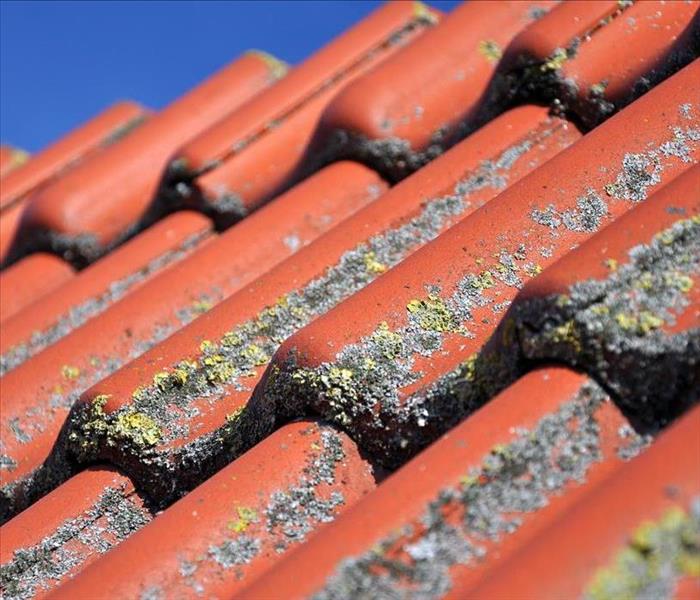Checking Your Roof After a Storm
11/3/2019 (Permalink)
Check your roof to ensure it does not need repair. If you wait for a leak to present itself, the problem will be worse, damaging more than just your roof but your ceiling, walls, floors, and perhaps belongings inside the home. After heavy rains, hail, or wind checking your roof for any damage can save you money on house repairs.
Different style roofs call for different methods when inspecting your roof. No matter what style start your inspection on the exterior of the house. For safety reasons, do not go on your roof to do this; you can do a quick check at ground level. Take a quick walk around the home, make sure there is no large debris on your roof. After that checks out, use binoculars if you feel the need. If you witness large debris or damage, call a professional to address the issue.
Asphalt-Shingled Roofs
See if you spot loose, cracked, or broken shingles. If there is bubbling and blistering in the shingles, this shows that moisture has traveled to the interior of the shingle. Replace any damaged shingles as soon as you can. Doing so will help you avoid leaks and any further structural damage.
Wood Shingles or Wood Shake Roofs
Wood shingled roofs or wood shake roofs are less common than asphalt shingled roofs. These roof types are often chosen for aesthetics but can be more troublesome should there be damage. Broken, separated, cracked or damage to the shingles or shakes is what you seek. Replace these as soon as possible; if you do not, it can lead to a leak causing extensive damage.
Tile Roofs
Tile roofs are expensive but are more fire-resistant. These roofs provide more protection against heavy winds and last longer. Seek broken or chipped tiles. Do any tiles appear as if they may have separated? Water can seep between tiles if there is separation. If any tiles are separated or flew off, repair them right away.
Flat Roofs
Flat roofs are made using waterproof materials, these are usually found in commercial buildings. Water puddles, indents, or tears in the seams where water could seep in are all signs damage may be present. Make sure gutters and water drains are working as flat roofs do not have self-draining as they do not incline like other popular roofs.
Metal Roofs
Look for dents in metal roofs. IF the dent has any openings, the roof needs repair. Also, spot any signs of rusting and any separation between metal roof panels.
Once you have looked around the exterior of your property, take a peek at the interior. See if there are any signs of damage. Are there any leaks or soft spots in the ceiling? Check walls for any water damage. If you spot water damage, contact a professional mitigation company. If water sits, mold and mildew will grow. This can lead to high cost, reach out to your chosen mitigation company at the first sign of water damage.




 24/7 Emergency Service
24/7 Emergency Service
